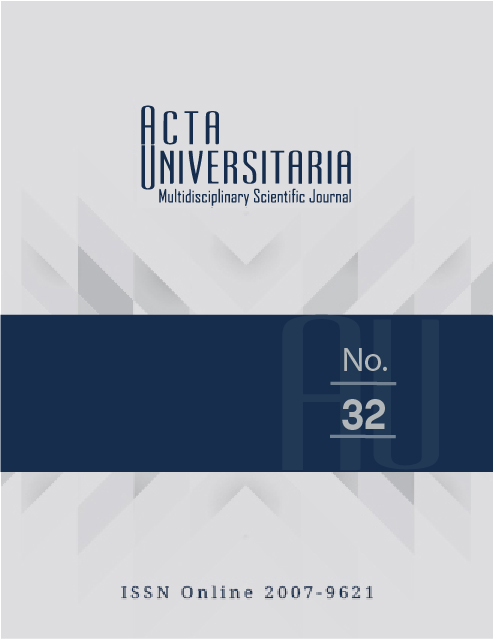Nutritional quality and microbial density of nopal duraznillo (Opuntia leucotricha) fermented in solid state
Published 2022-11-23
How to Cite
Abstract
Nopal duraznillo (Opuntia leucotricha) is used to supplement the feeding of grazing cattle. The objective of this research was to evaluate the nutritional value of aerobically fermented nopal duraznillo. The effect of additive (A), singed (S), and fermentation time (FT) on total microbial cell density (TMCD) and nutritional quality of solid-state fermented nopal was evaluated. The highest TMCD (660.0 million cells ml-1) was observed in treatment 16 (with A, without S, and with 24 h of FT). Crude protein decreased after 24 h of FT. Based on the chemical composition (CP = 22.7%, ADF = 18.3%, ADL = 3.3%), it is considered that the nopal subjected to treatment 16 presents good nutritional quality for cattle. Regarding in vitro digestibility, the highest value observed (93.8%) was obtained with treatment 13 (with A, without S, and 0 h of FT).


